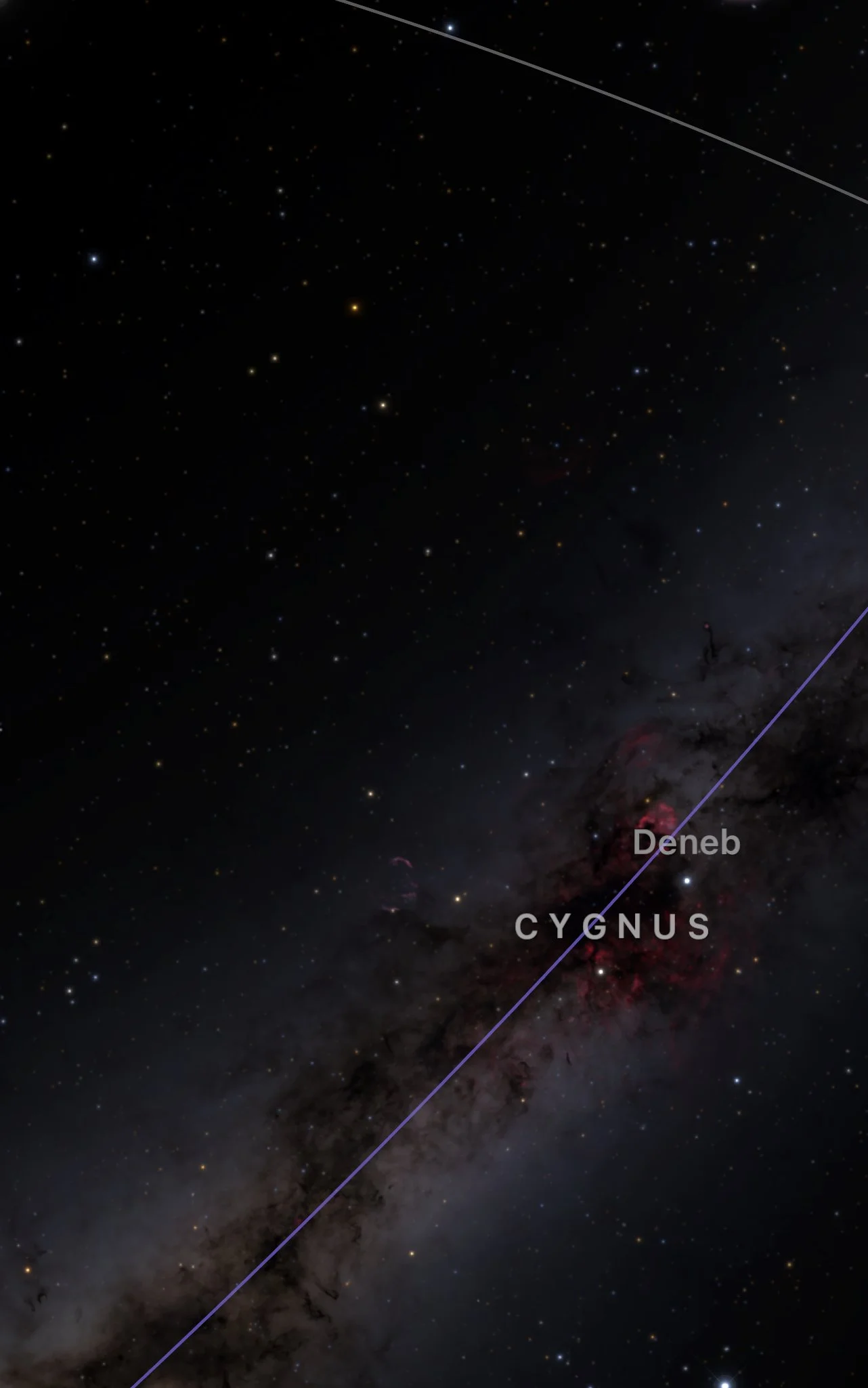Catch the Ancient Lyrid Meteor Shower Over Fuerteventura!
As mid-April skies darken over Fuerteventura, one of history's most storied meteor showers returns: the Lyrids! Mark your calendars – peaking soon, this annual celestial event offers a chance to witness shooting stars under potentially fantastic viewing conditions available across the island. Here’s what you need to know to catch the show.
What Are the Lyrids & Why Are They Special?
The Lyrid meteor shower happens each April as Earth plows through the dusty trail left by Comet C/1861 G1 (Thatcher). When these tiny particles slam into our atmosphere at high speed (around 110,000 mph / 49 km/s), they vaporize brilliantly as meteors.
Key highlights make the Lyrids stand out:
An Ancient Legacy: They are the oldest documented meteor shower still observed, with Chinese astronomers recording them nearly 2,700 years ago in 687 BC! Watching connects us across millennia.
Potential for Surprises: While typically modest (10-20 meteors/hour peak), the Lyrids occasionally unleash dramatic 'outbursts' with over 100 per hour, as seen in 1982.
Bright Meteors & Fireballs: They often produce bright meteors, frequently leaving persistent trails, and can sometimes produce exceptionally bright fireballs.
Radiant Point: The meteors appear to originate from near the bright star Vega in the constellation Lyra (hence 'Lyrids'), which rises in the northeast later in the evening.
Echoes Through Time: Myths and Legends
This long and visible history means the Lyrids have naturally woven themselves into human culture and sky lore:
In Greek mythology, the shower appears to stream from near the constellation Lyra. This celestial lyre represents the magical instrument of Orpheus, the legendary musician said to possess the power to charm gods, humans, animals, and even inanimate objects with his music. He famously journeyed to the underworld attempting to retrieve his love, Eurydice. Witnessing stars fall from near his lyre could evoke powerful themes of music, love, loss, fate, and the profound connection between the heavens and earthly emotions.
For ancient Chinese astronomers, who provided the earliest written records ('stars falling like rain'), keen observation of the skies was paramount for both calendrical and astrological purposes. While specific tales focused solely on the Lyrids are varied, meteors ( or falling stars) were often interpreted as significant omens or celestial messages. Depending on context and other celestial events, they might be seen as 'sky dragons' heralding vital rain for crops, or perhaps portents of important terrestrial events like battles or shifts in power.
When and Where to Watch in Fuerteventura (2025)
Activity Window: Generally active from about April 16 to April 25, 2025.
Peak Viewing: The best time to watch is during the predicted peak on the night of April 22-23, 2025. Aim for the hours between midnight and dawn, once the radiant (Lyra) is higher in the sky and the sky is darkest.
Moon Advantage: Fortunately, the Moon phase is ideal for the 2025 peak! A very thin waxing crescent moon will set early in the evening, leaving beautifully dark skies across Fuerteventura for meteor watching.
Viewing Tips for Fuerteventura:
Seek Darkness: Find the darkest possible location away from the lights of towns like Corralejo, Puerto del Rosario, Morro Jable, or other bright areas. Fuerteventura offers many beaches, inland plains, and viewpoints with reduced light pollution – essential for seeing fainter meteors.
Adapt Your Eyes: Give your eyes at least 15-20 minutes to fully adjust to the darkness. Resist looking at your bright phone screen – use red light mode briefly only if absolutely necessary.
Look Up & Be Patient: Lie back comfortably (a reclining chair or blanket helps) and gaze generally overhead or towards the northeast (where Lyra rises later). While the meteors radiate from Lyra, they can appear anywhere across the vast expanse of the sky. Patience is crucial – plan for at least an hour of observation.
Check the Weather: Hope for clear skies! Check the local Fuerteventura forecast closer to the peak nights.
The Harp in the Heavens: Connecting to Constellation Lyra
The name "Lyrid" itself is steeped in mythology. Meteor showers are named after the constellation from which they appear to radiate, and in this case, it's Lyra, the Harp.
In Greek mythology, Lyra is associated with the legendary musician Orpheus. Gifted a lyre by the god Apollo, Orpheus' music was said to be so beautiful it could charm even inanimate objects. One prominent myth tells of Orpheus' journey to the underworld to retrieve his deceased love, Eurydice, his music softening the hearts of Hades and Persephone. Though he tragically lost her again, his lyre was eventually placed in the heavens as the constellation Lyra, a testament to his musical talent and enduring love.
Therefore, when you witness the Lyrid meteors streaking across the sky, imagine them as celestial tears or perhaps even the lingering notes of Orpheus' mythical harp, forever echoing in the cosmos. Some depictions of the constellation even show an eagle carrying the lyre, adding another layer to the visual narrative in the night sky.
Beyond specific myths, "falling stars" held diverse cultural meanings. Some beliefs linked them to the passage of souls on celestial journeys. More widespread is the hopeful tradition, born from their fleeting beauty, of making a wish upon seeing one – a practice still cherished today.
Final Thought: A Cosmic Reminder
Meteor showers like the Lyrids remind us that Earth is constantly moving through space, sweeping up ancient comet dust. Each shooting star is a fleeting spark from the depths of the solar system—don’t miss your chance to wish upon one!







